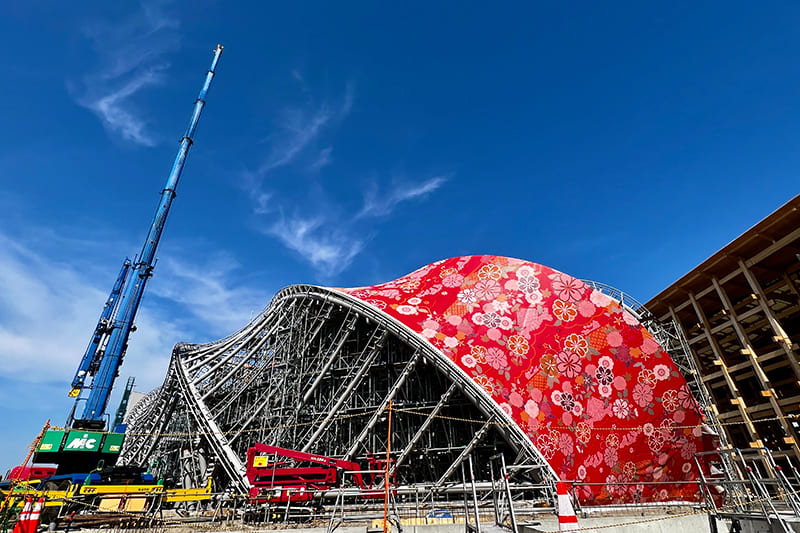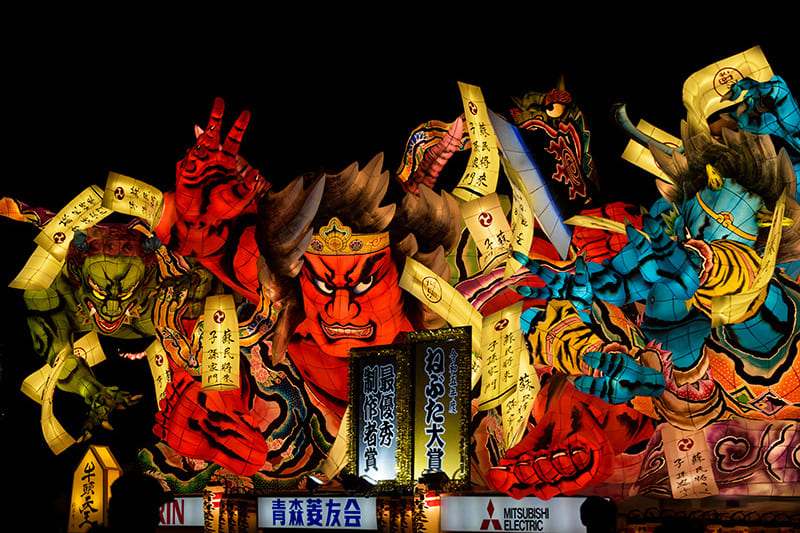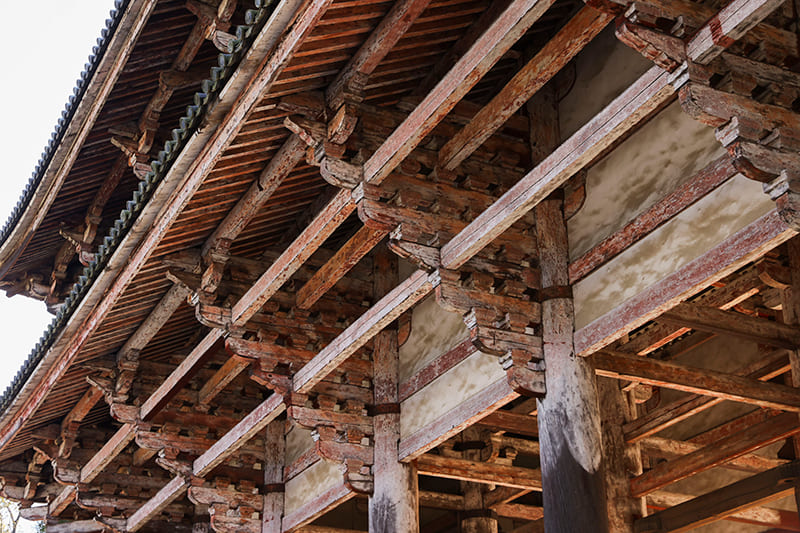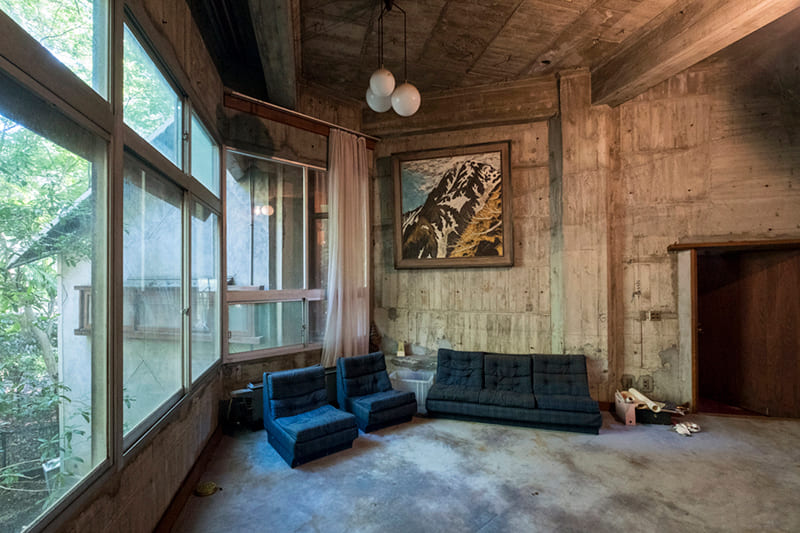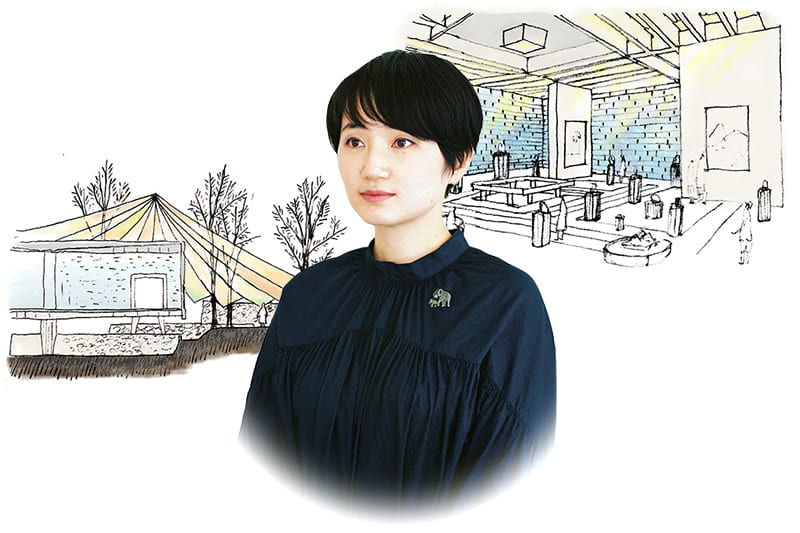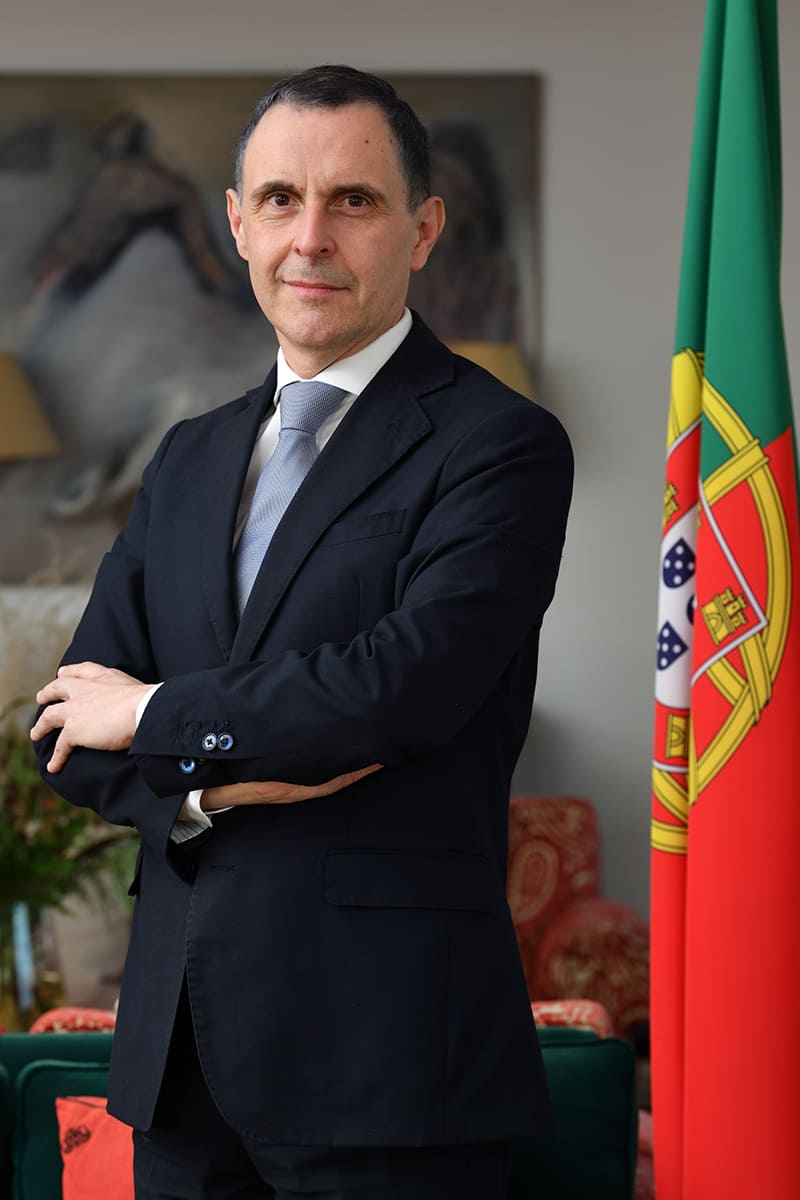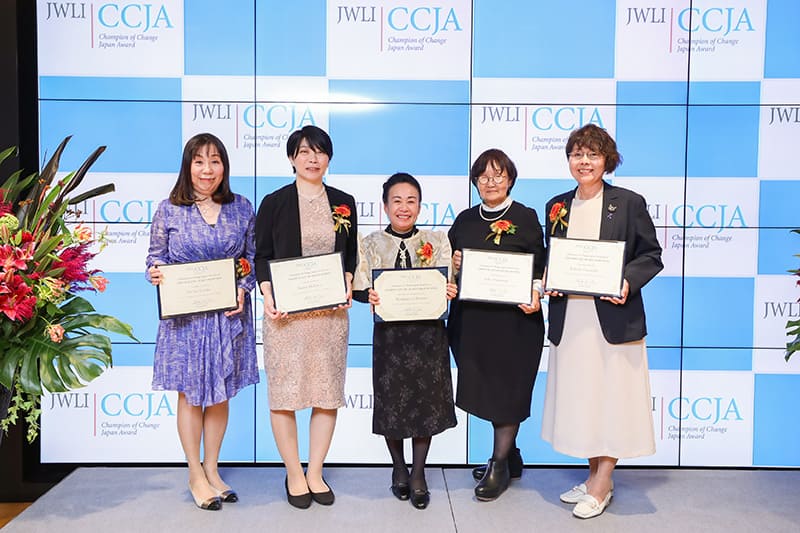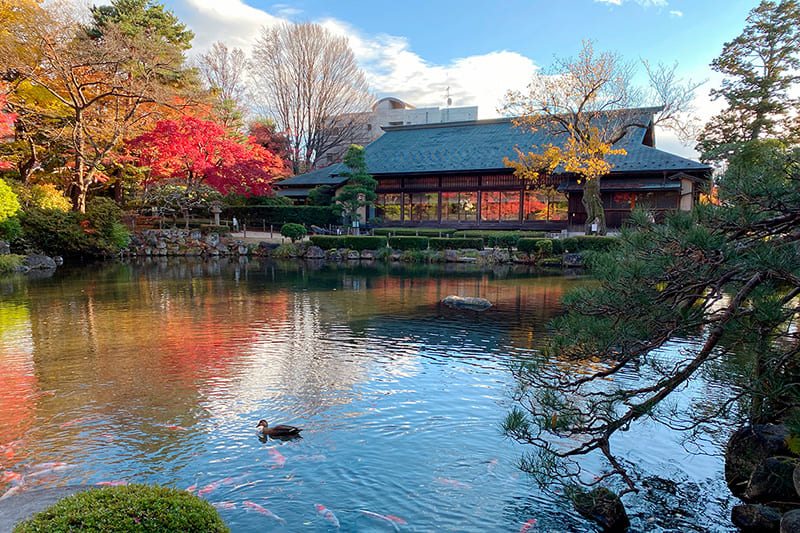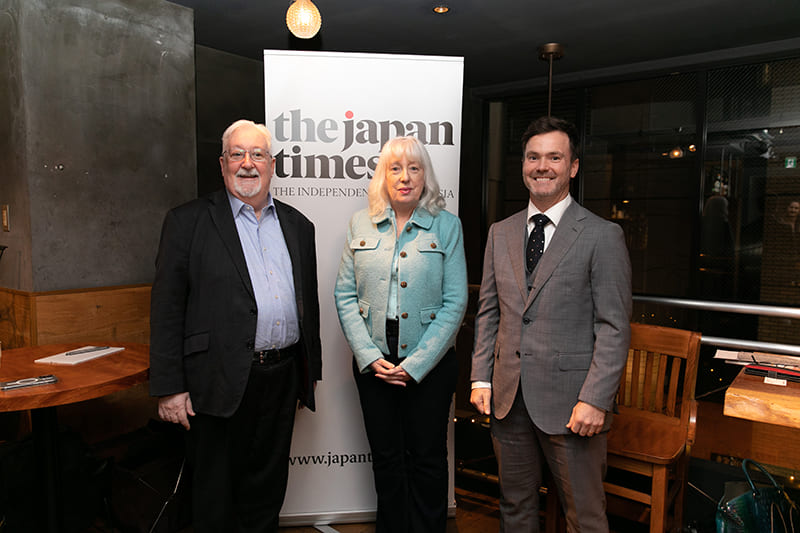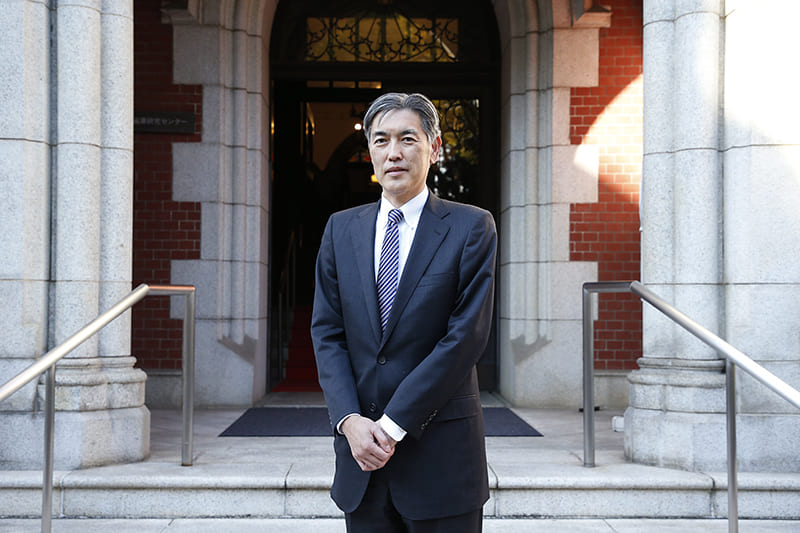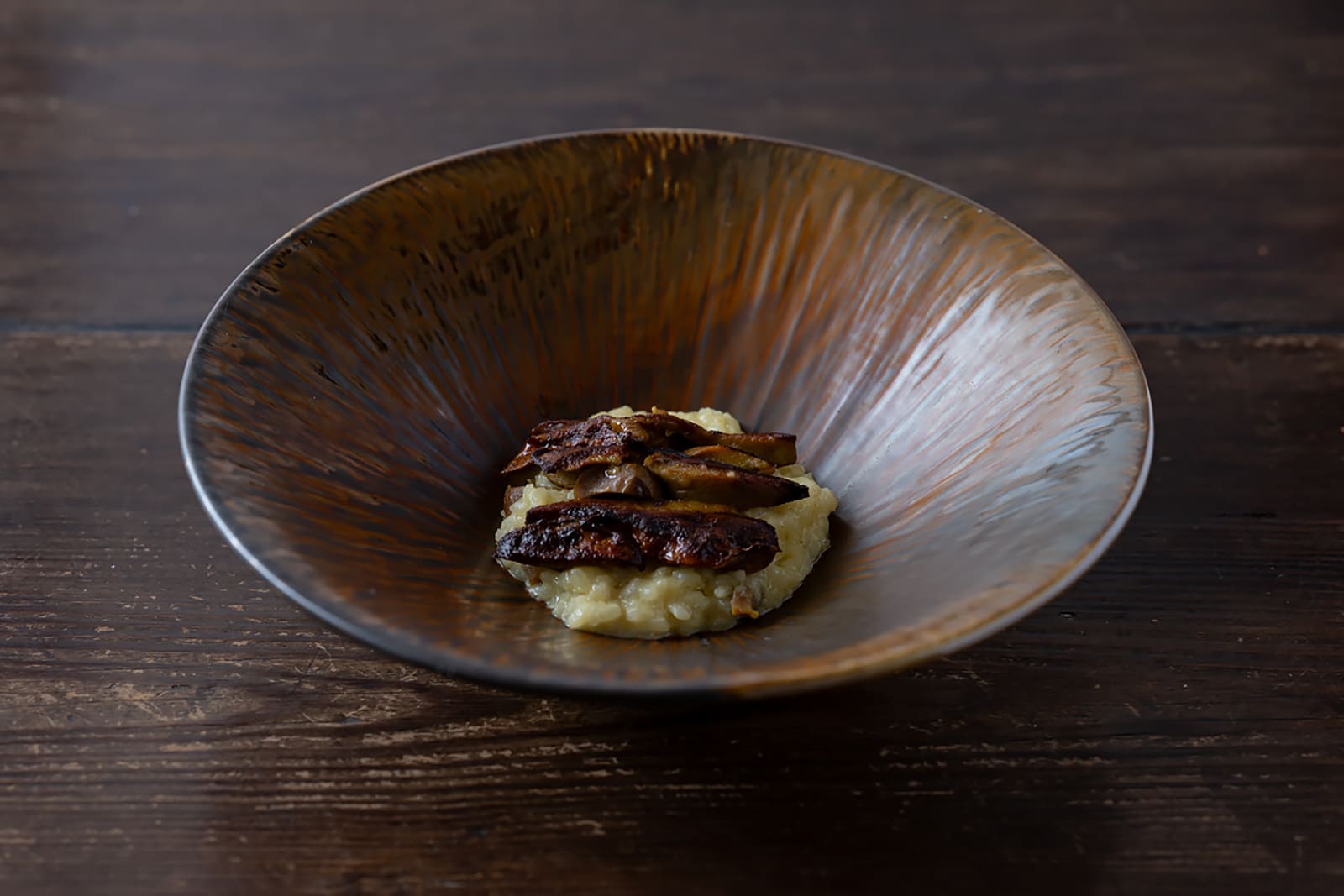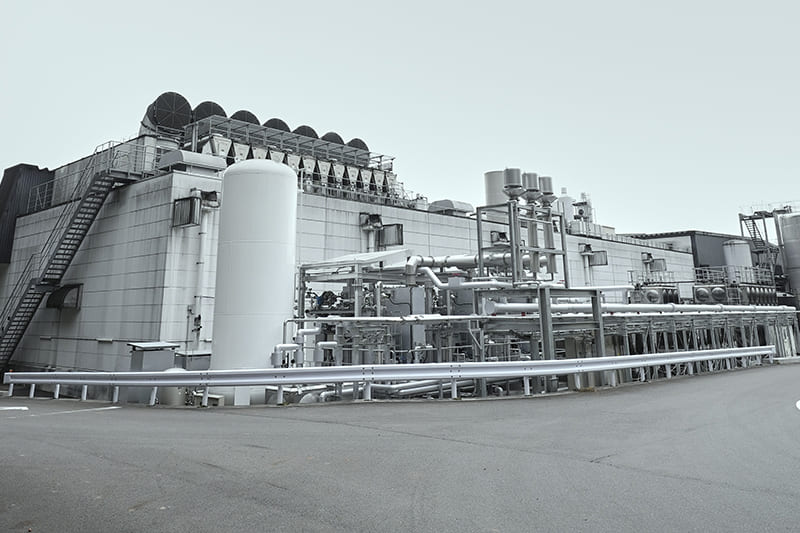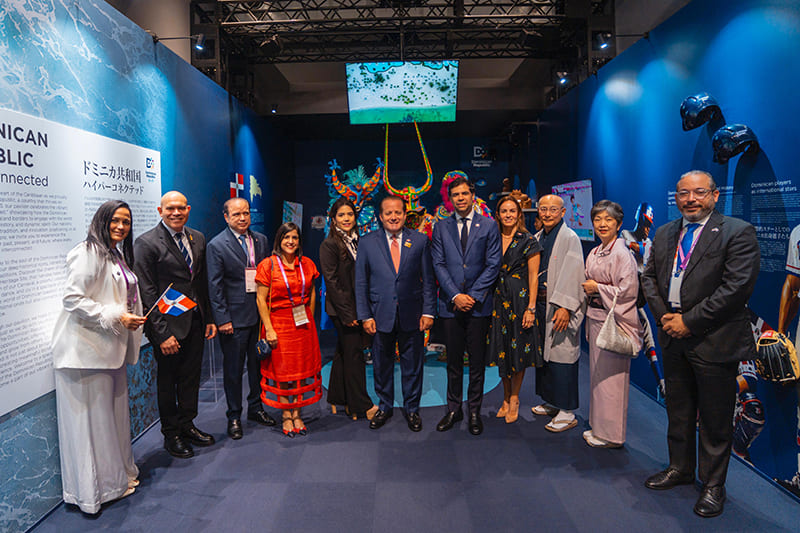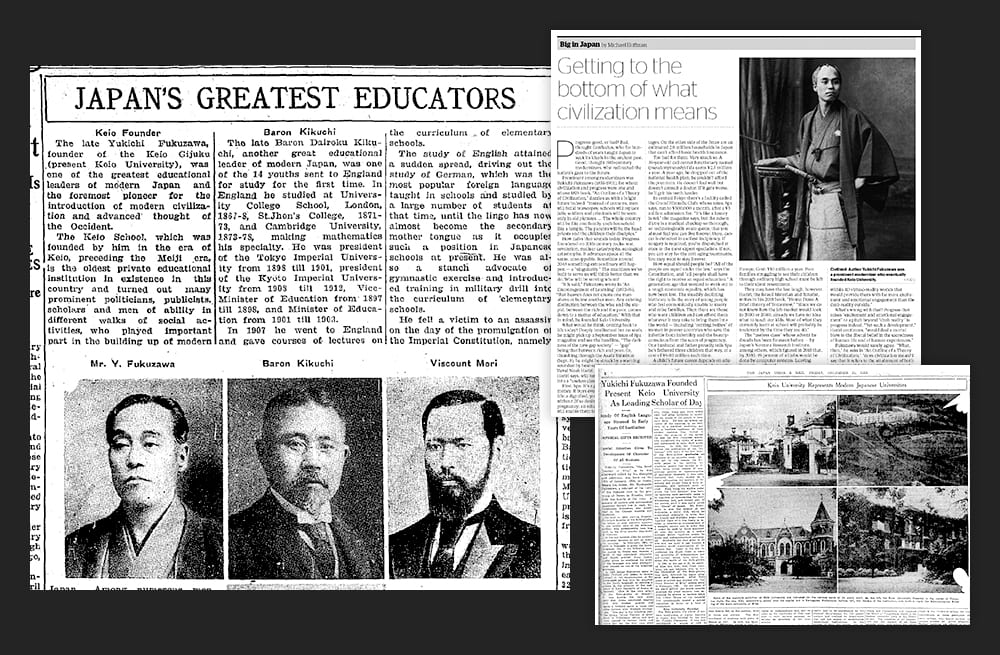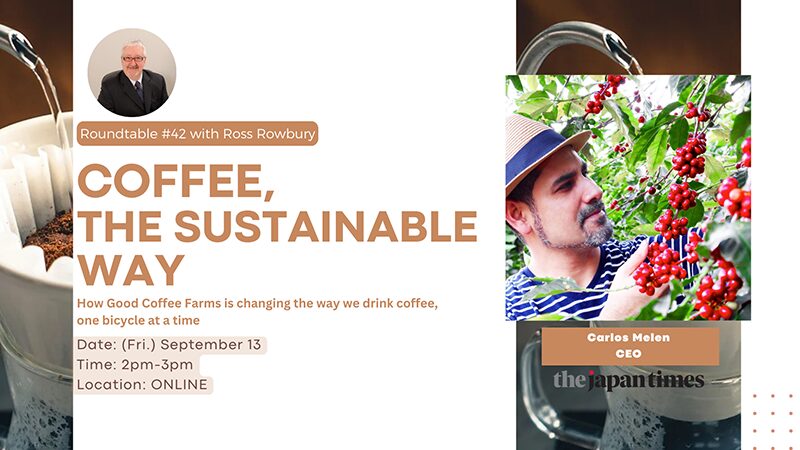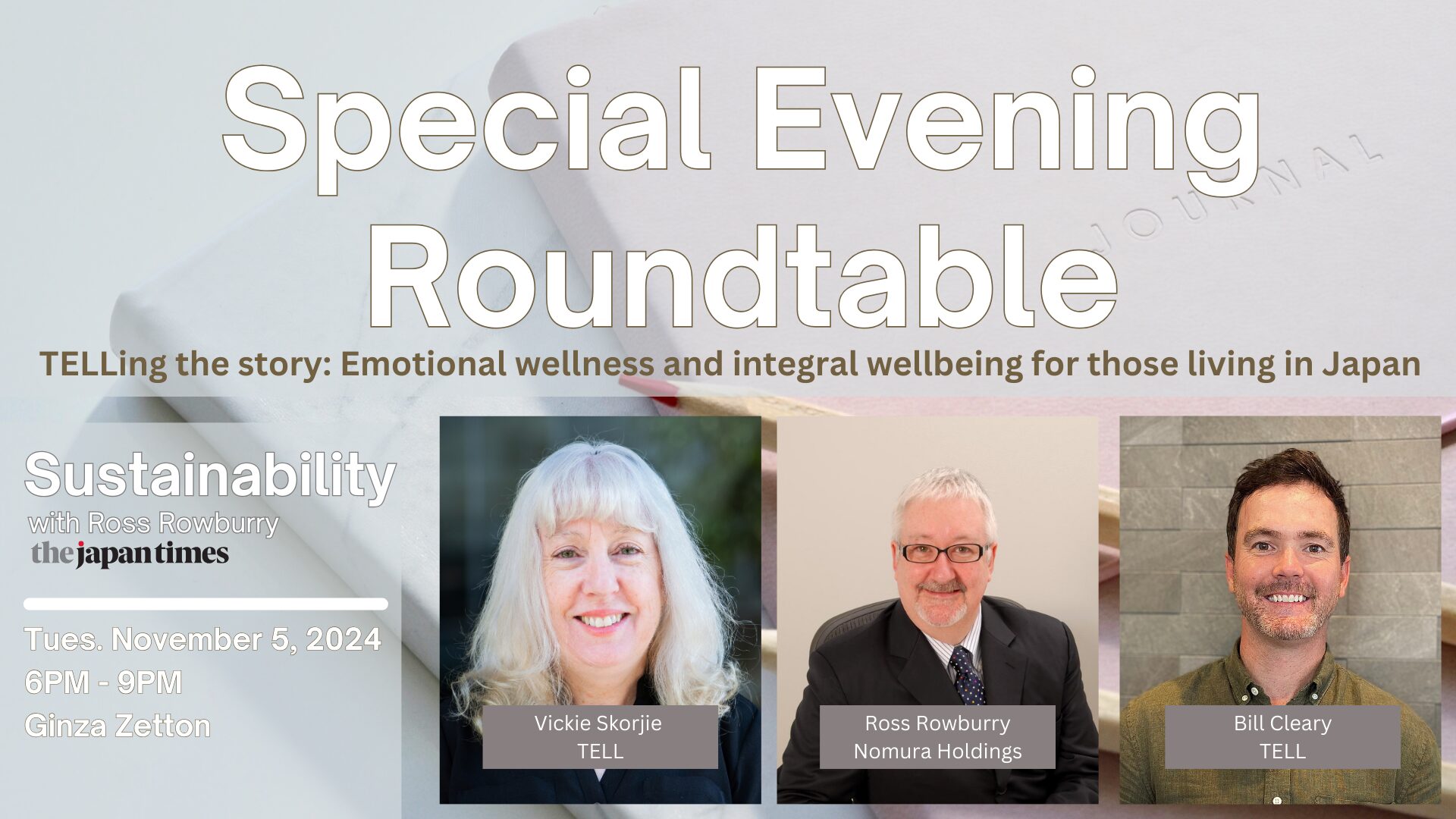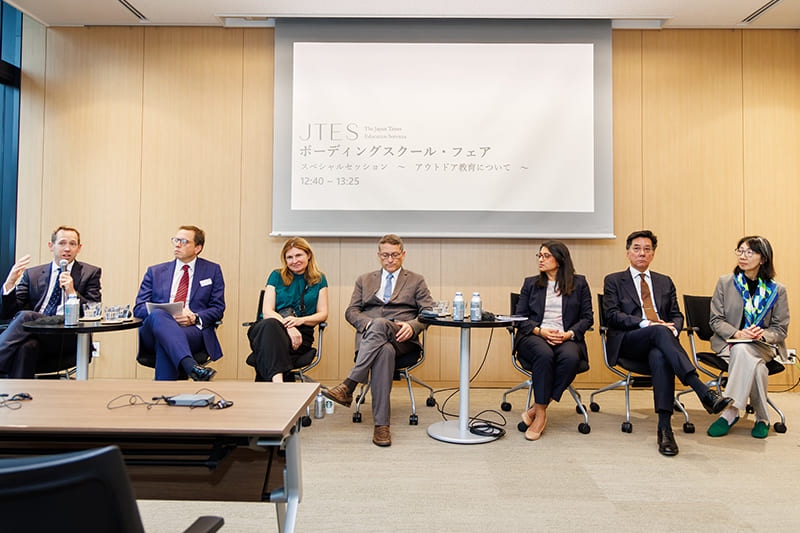December 19, 2024
Site designer on why expos matter more than ever
INTERVIEW

2025 is already being called a golden year for art and culture, with major events across Japan including Kagawa Prefecture’s Setouchi Triennale, which is normally held every three years and attracted more than 1.2 million visitors before COVID, the Aichi Triennale, the Okayama Art Exchange and the Hiroshima Architecture Exhibition. The biggest of them all will no doubt be Osaka’s Expo 2025, involving more than 160 countries and regions as well as several international organizations during its run from April 13 to Oct. 13.
The expo’s theme is “Designing Future Society for Our Lives” and its concept is to bring together wisdom from around the world, including on advanced technologies, in order to develop new ideas for solving common problems faced by humanity.
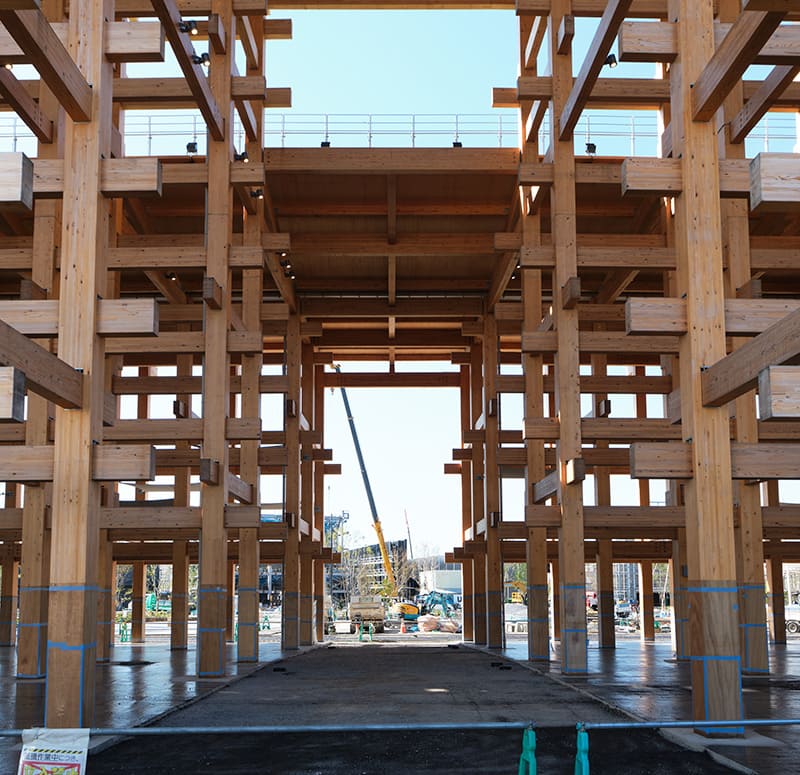
PHOTOS: KOUTAROU WASHIZAKI
In 1970, Japan hosted the first international exposition in Asia, the Japan World Exposition (commonly known as Expo ’70 or the Osaka Expo), which garnered attention from around the world. It attracted 64 million visitors, including more than half of Japan’s population of about 100 million at the time. A generation later, Expo 2005 (commonly known as the Aichi Expo) was held, welcoming 22 million visitors, and so this is the third time an international expo has been held in Japan.
Japan’s expos tend to attract attention not only for their exhibits but also for the architecture of their pavilions and other structures, and so architects often play a central role. Kenzo Tange was the general producer of the Osaka Expo, and Kiyonori Kikutake was the general producer of the Aichi Expo. For Expo 2025, architect Sou Fujimoto is the expo site design producer. With only four months left to go before the kickoff, there have been some disconcerting reports of delays in the construction of the overseas pavilions, and some have questioned the rationale of holding the expo at all. During a recent visit to the venue, we asked Fujimoto for his thoughts.
“As a producer of the expo site design, I would first like to give my own thoughts on the expo’s significance. It is true that we are now in a very different era from the 1970s, when Osaka’s last expo was held. This has prompted some people to ask why we are still doing expos in the 21st century. Others assume that expos must be outdated — and it is true that this is no time to be holding old-fashioned expos. But because of that very fact, expos are beginning to take on a tremendous new significance that is unique to the present day,” he said, speaking passionately yet calmly.
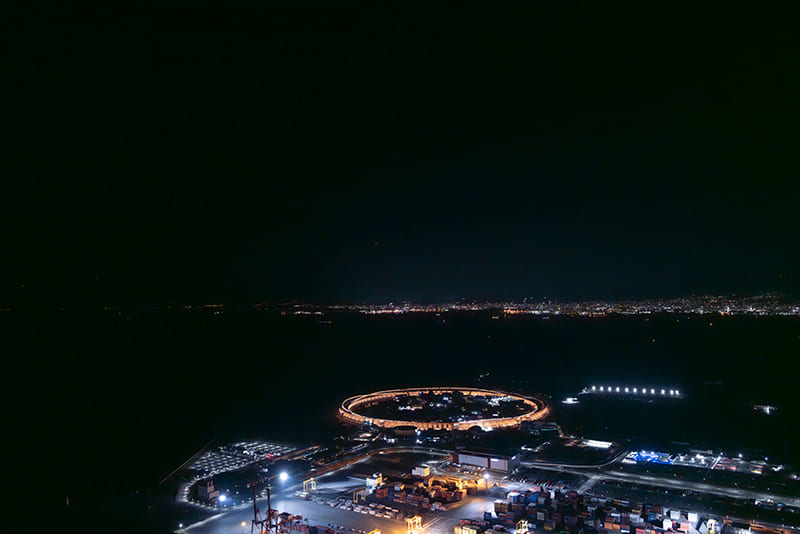
©EXPO 2025
“Eighty percent of the world’s countries and regions will bring their traditions, cultures, histories, climates, lifestyles, foods and music — in other words, their everything — here to this tiny island of Yumeshima, Osaka, and spend six months here together. I don’t think any other event on Earth comes close to the magnitude of this. It is bigger than major heads-of-state summits, the United Nations General Assembly, the Olympic Games.”
In an age of diversity and increasing fragmentation, can the world really remain interconnected? Fujimoto says the expo is a place to address this big question and demonstrate that “a diverse world can still be connected.” Some may say that everything you need to know about the world you can find by searching online, but during the pandemic many people came to realize the power of in-person experiences. Fujimoto also said that no matter how advanced the internet becomes, real-life experiences and interactions are becoming more and more important.
The main symbol of the venue, the Grand Roof (Ring), was designed by Fujimoto as an expression of the connectedness between people and countries. The ring is one of the world’s largest wooden structures, standing up to 20 meters high and having an inner diameter of 615 meters. On the inside, it is a comfortable space for visitors to stay, sheltered from wind, rain and sun, while from the roof visitors can see the entire venue and walk all the way around it. All of the overseas pavilions are within the ring, allowing visitors to visually sense the idea of the world being one.
“We designed the venue so that people of any generation and from any culture could look down at the venue and in an instant be made to feel that the whole planet is gathering here now, and that diverse worlds can be connected,” Fujimoto said. “In these difficult times, the world is still coming together in one circle, connecting and trying to create a future together. We hope that people around the world will realize this, and that this message will stay with people for decades to come. We believe that the ring symbolizes an era in which diverse worlds connect.”
The design is functional as well as symbolic. Fujimoto’s intentions for the ring can be summarized in five points.
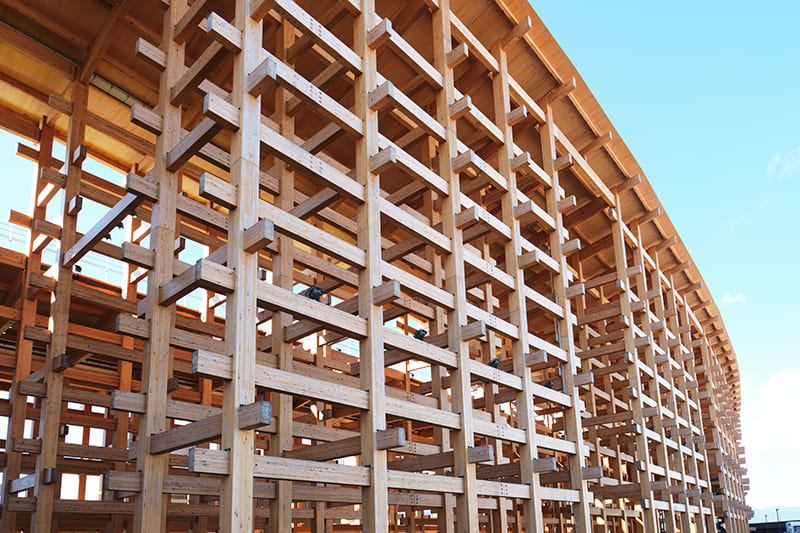
1. The circular flows created by the ring will disperse the large numbers of visitors and let them move around more smoothly and efficiently than a boulevard-like linear axis or a central plaza would.
2. The ring protects the main circulation route from the sun and rain, letting people enjoy the expo in all weather conditions.
3. The Yumeshima site is reclaimed land surrounded by seawalls, so visitors cannot see the ocean from ground level, but allowing them to walk on top of the ring lets them enjoy views of the venue, the sky, the sea and the city in the distance.
4. The circle is a neutral shape with no hierarchy. The only privileged location is its center, which will be occupied by a “forest” without a pavilion. This serves as a symbol of a future in which we will live in harmony with nature.
5. When approaching from the east or west, the ring welcomes people as a large gate. This creates a sense of anticipation for the special experience that awaits inside.
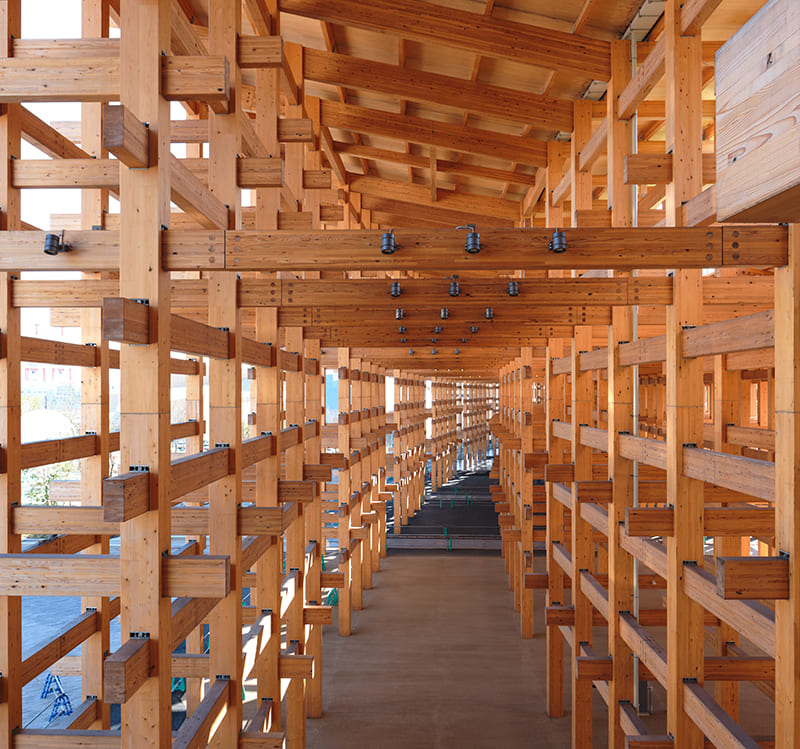
The material used in the construction of the Grand Roof (Ring), namely wood, is in itself considered a material of the future due to its sustainability. Building the structure required a fusion of cutting-edge construction techniques with thousand-year-old Japanese wooden building methods — and bringing these into the present through this project is also highly significant. Climbing up onto the roof and surveying the venue as it is built, it is hard to not sense the potential of this very 21st-century expo.
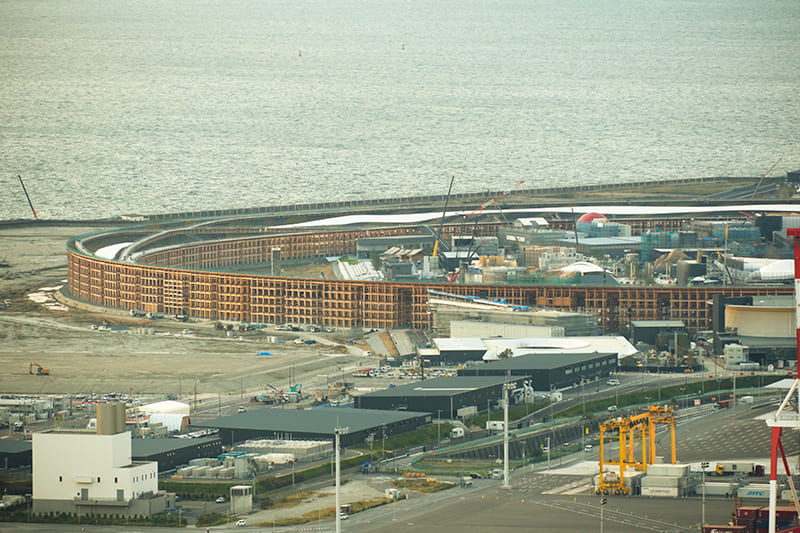
It is roughly 2 kilometers in circumference, 30 meters wide and 675 meters in inner diameter.
SOU FUJIMOTO
Born in Hokkaido in 1971. Graduated from the Department of Architecture in the Faculty of Engineering at Tokyo University. Established Sou Fujimoto Architects in 2000. Among his recent renowned projects was the residential tower L’Arbre Blanc (White Tree), winner of the second Architectural Folie of the 21st Century competition of Montpellier, France. In 2015, 2017 and 2018, he won several more international competitions in various European countries. In Japan, he was selected as the expo site design producer for Expo 2025 and was selected in 2024 for the basic design of the tentative northern complex of Sendai’s International Center Station.
His notable works include House of Music (2021), Maruhon Makiart Terrace (Ishinomaki Cultural Center) (2021), Shiroiya Hotel (2020), L’Arbre Blanc (2019), Serpentine Gallery Pavilion 2013, House NA (2011), Musashino Art University Museum and Library (2010), House N (2008) and many more.
会場デザインプロデューサー藤本壮介が語る万博の意義。
来たる2025年のビッグイベントは大阪で開催される「大阪・関西万博」だろう。日程は4月13日~10月13日の6か月間で、160を超える国・地域と、複数の国際機関も参加する。万博のテーマは、「いのち輝く未来社会のデザイン」。開催意義について建築家・藤本壮介に聞いた。
「会場デザインプロデューサーとして僕自身が考える万博の意義は、全世界の8割もの国と地域が、それぞれの伝統、文化、歴史、気候風土、生活、食、音楽など、つまり「その全て」を持ち寄って、この小さな大阪・夢洲に集まり、半年もの間「共に過ごす」ことだと思います」。
多様性の時代といわれながら分断が激しさを増すこの時代に、それでも世界はつながることができるのか?
そんな大きな問いに万博は、「それでも多様な世界は繋がることができる」と発信する場だと藤本は言う。世界中の出来事がインターネット検索で全てわかるという意見もあるが、パンデミックを経て実感したのはリアルに空間と状況を体感することの圧倒的な尊さだ。実体験や交流はより重要性が高まっていると藤本は指摘する。
Return to Sustainable Japan Magazine Vol. 43 article list page


